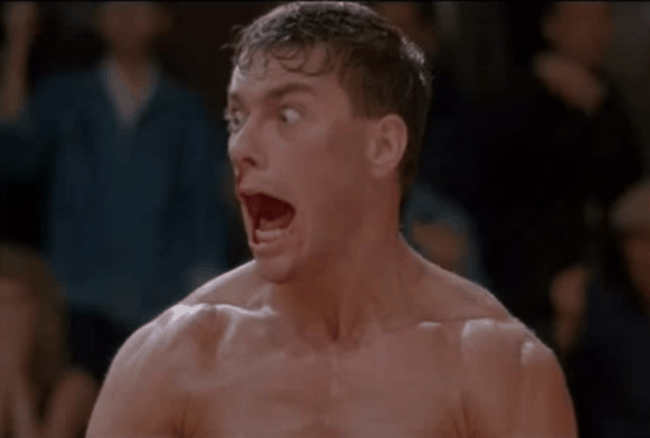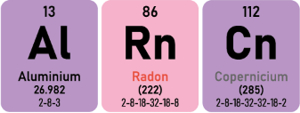Porn Discounts Sex Games Porn Games Juegos XXX Hentai Games PornStar Games 3D Porn Tantaly Sex Doll Cupsland Sextoy Live Cams DeepNude AI
Live Sex Free Live Sex Free Sex Games Páginas Porno Rose Toy Free OnlyFans Celebrity Fappening Celebrity Sex Videos TikTok Porn Best OnlyFans
Live Sex Free Live Sex Free Sex Games Páginas Porno Rose Toy Free OnlyFans Celebrity Fappening Celebrity Sex Videos TikTok Porn Best OnlyFans
Published on 2021/10/18
ASSES#89 + LINK TO OUR TELEGRAM COMMUNITY
The fixation that men have for booties is directly proportional to the amount of time they have spent without eating one.Excerpted from Basic Principles of Heterosexuality. Vol 2. ALRNCN Editorial 2003/2021
|
➡️ Let's do real, be real with Tantaly, the sex doll torso leader |
You can download Telegram for your computer and cellphone on the official website *: https://telegram.org
* I encourage you to download it from the official website to avoid the censored versions of Android and Apple.
ExtraBall by david
The stairway to Paradise.
ExtraBall2
(Clicking on these links daily you support ALRNCN's work. These are collaborations or sponsorships and, by visiting their sites, they like us even more)







CARIBBEAN PIRATES
The real Caribbean pirates were a whole different breed than the Hollywood kind—though just as savage. They ruled the seas between the 17th and 18th centuries, especially around the Gulf of Mexico, the Antilles, and the northern coast of South America. These guys were rogue sailors, ex-soldiers, or just hustlers who saw piracy as a fast (and seriously dangerous) way to get rich.
They attacked ships loaded with gold, silver, rum, sugar, and anything valuable coming from the American colonies to Europe. Some worked solo, but many were privateers—basically pirates with government permission to rob enemy ships.
Bartholomew "Blackbeard" (Edward Teach) was one of the most feared. He tied smoking fuses into his beard to look even scarier. With smoke pouring from his face, he looked more like a demon from hell than a Disney pirate.
Anne Bonny and Mary Read disguised themselves as men to join pirate crews. They fought like anyone else and didn’t mess around. And Calico Jack became known for his iconic flag (the classic skull with crossed swords) and for sailing alongside Anne and Mary. Spoiler: he ended up hanging by the neck.
The pirate life was brutal. Scurvy, betrayals, brawls, rotten food, and no showers in sight. But there was also a kind of pirate democracy—they voted for their captain, split the loot fairly, and had their own rules, including punishing crew members who stole from each other.
Once they started hitting ships without caring about flags, the major European powers got fed up and hunted them down almost to extinction by the early 18th century.
# View images
ExtraBall by david
Training both body and mind.

ExtraBall2
(Clicking on these links daily you support ALRNCN's work. They're collaborators or sponsors and, by visiting their sites, they like us even more)










THE FUTURE OF MODELING
One after another, they pose. Naked, stunning, flawless. They don’t sweat. They don’t move. They don’t exist.
These are models generated by artificial intelligence. And if you think this is just some aesthetic curiosity, you're already late.
For brands, marketers, and ad agencies, this is peak efficiency: no castings, no contracts, no complications.
No image rights to pay, no sessions to coordinate, no schedules, egos, or middlemen to deal with.
A junior with four hours of practice and access to an AI can generate a hundred images with a hundred different models—each one perfect, each one ready to sell whatever you need.
For a fraction of what it would cost to hire a single real model.
And it’s not just photos. We’re talking videos, ads, entire campaigns built on faces and bodies that don’t exist—but look just as real as the real ones.
Flawless skin, captivating eyes, a body that poses exactly how the client wants. No retakes. No water breaks. No complaints. All controlled. All optimized. All impersonal.
It’s not that real models will vanish overnight. But their space is shrinking.
Because if you can get what you want, whenever you want, and pay far less for it... the industry won’t think twice. And for many professionals, that’s a real threat.

# View images
ExtraBall
Meanwhile, on the subway.
ExtraBall2
(Clicking on these links daily you support ALRNCN's work. They're collaborators or sponsors and, by visiting their sites, they like us even more)

























RECOMMENDED SITES
 Add your site
Add your site
- mybigtitsbabes
- BoobieBlog
- Motherless
- Entensity
- Babes & Bitches
- drunkenstepfather
- Erotic Beauties
- Candid Teens
- celeb-stalker.com
 Add your site
Add your sitePorn Discount
💩 CrazyShit
🤪 eFukt
NudeChatGirls
👉🍑 Top XXX Pictures
Bingo Porno
Best Porn Blog Sites
Sex Games
Real Amateur Porn
MrPornGeek
CamBB.xxx
ChatSex.xxx
Comepollas
PornScn Free Porno
AI Girlfriend App
Hardcore Porn Videos

















AMATEUR MEAT: RILEY
Riley is 22 years old, from New Zealand, and wants to be your new girlfriend.

# View photos and videos
ExtraBall
When She Gets on Top
ExtraBall2
(Clicking on these links daily you support ALRNCN's work. They're collaborators or sponsors and, by visiting their sites, they like us even more)










THE INSTAGRAM OF THE DAY: CHEYENNE PEACH
Cheyenne Peach
UK 🇬🇧
Model, Actress, Dancer.

# View photos
You can also follow us on our INSTAGRAM ACCOUNT
ExtraBall
Remember that whole obsession with washing our hands?
ExtraBall2
(Clicking on these links daily you support ALRNCN's work. They're collaborators or sponsors and, by visiting their sites, they like us even more)












Contact
You can tell us whatever you want via email: [email protected]
If you prefer, you can use this contact form:
If you prefer, you can use this contact form:






THE INSTAGRAM OF THE DAY: CECEROSE
Cecilia Rose

# View photos
You can also follow us on our INSTAGRAM ACCOUNT
ExtraBall by david
It’s never too late to get into the world of fashion.
ExtraBall2
(Clicking on these links daily you support ALRNCN's work. They're collaborators or sponsors and, by visiting their sites, they like us even more)










AMATEUR FLESH: BAILEY EILISH
Green hair has become a textbook red flag because of the feminist movement, but Bailey Eilish counteracts it by proudly showing off her tits.

# Watch videos and photos
ExtraBall
Hey, how’d work go today?
ExtraBall2
(Clicking on these links daily you support ALRNCN's work. They're collaborators or sponsors and, by visiting their sites, they like us even more)




























